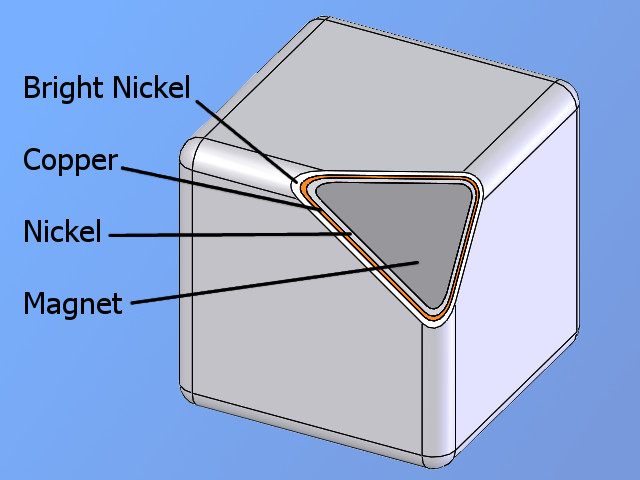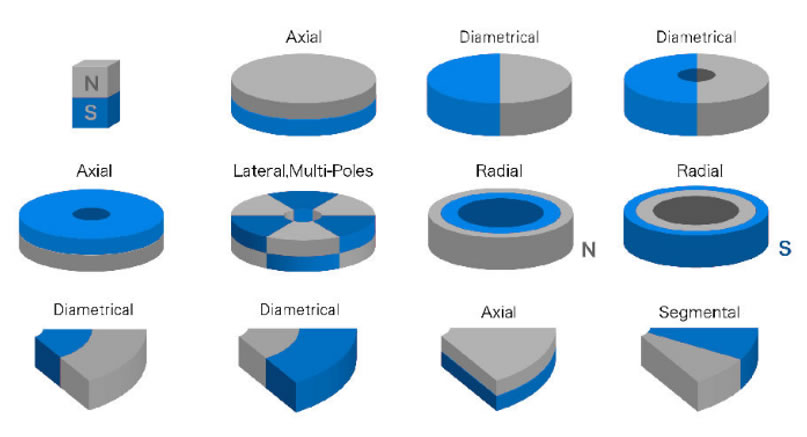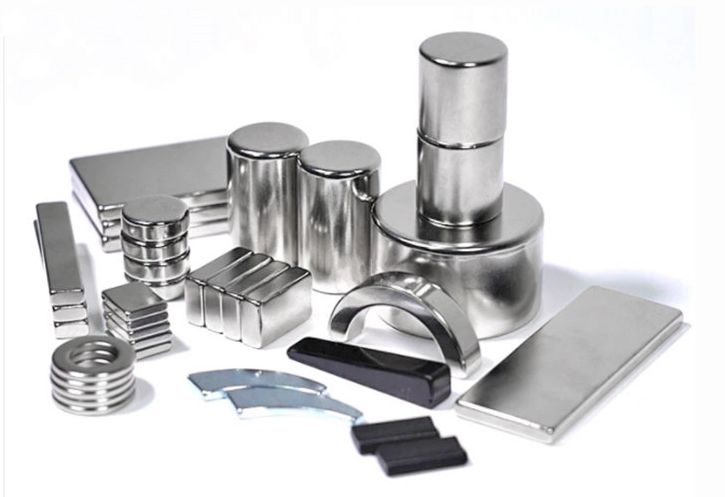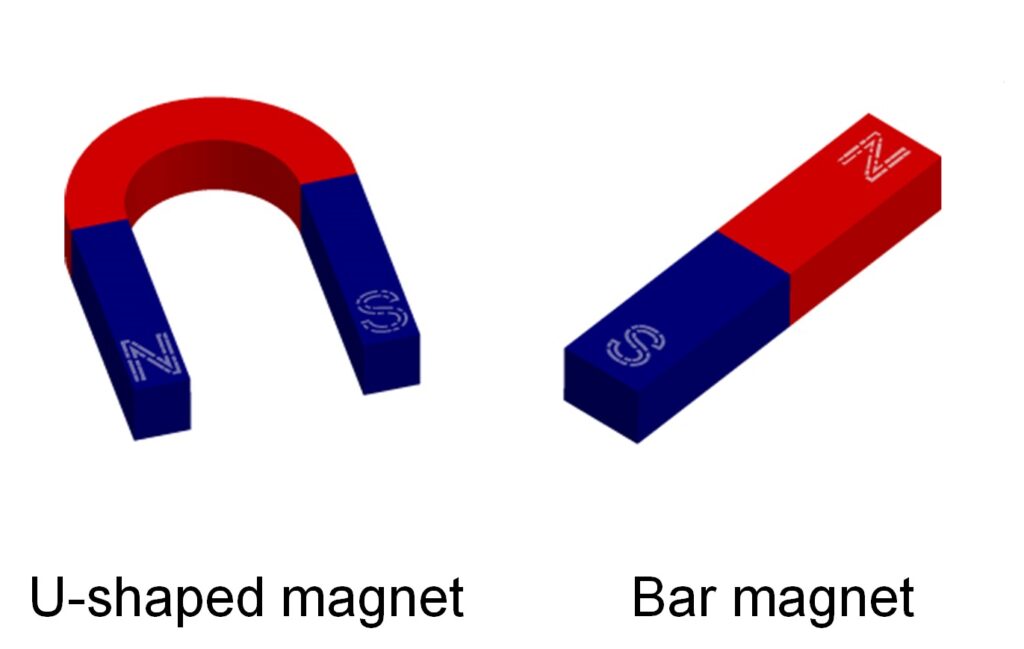Magnet is one of the most common items in our daily life. It has a wide range of applications and can be used in industry, manufacturing, electronic products, etc. Magnets can be divided into two categories, namely permanent magnets and non-permanent magnets, and permanent magnets can be natural magnetite or artificially made magnets. Among all […]
By their very nature, every permanent magnet contains some form of iron. Iron displays the most dramatic ferromagnetic properties of all elements, which is why it is found in the most powerful magnets. However, iron is highly reactive with water and then causes magnets with high iron content very susceptible to corrosion. Other ferromagnetic elements […]
Neodymium magnets are a powerful type of magnet that led to their use in many modern technologies, as well as in the fields of medicine and dentistry, particularly, on body systems, tissues, organs, diseases, and treatment. Neodymium magnets are incorporated in medical devices for example in magnetic resonance imaging devices to diagnose and treat chronic […]
A speedometer or a speed meter is a gauge that measures and displays the instantaneous speed of a vehicle. Now universally fitted to motor vehicles, they started to be available as options in the 1900s, and as standard equipment from about 1910 onwards. Speedometers for other vehicles have specific names and use other means of […]
In this magnet industry, you will always see magnets listed with a maximum pull force, remanence, and gauss rating. So what’s the difference among them? What is Gauss? Gauss is a measure of magnetic induction and a value of density. Simply put, Gauss represents the number of magnetic field lines per square centimeter, emitted by […]
Flux Density Test (Gaussmeter) The surface flux density or the flux density at a certain distance from the magnet can be obtained using a Gaussmeter and an Axial or Transverse probe. The probes contain a Hall Effect device whose output voltage is proportional to the flux density. Figures 1a and 1b show the placement and […]
In many applications in life, the orientation of the magnet’s poles may not matter – as long as the magnet attracts where it is needed. In other cases, however, the directionality of the magnet is an important component of the intended application. Understanding the conventional and specialized magnetization directionality options available helps to ensure successful […]
When you are trying to figure out which neodymium magnets to select for your design needs, you would always see the term “grade” or “N rating” from any supplier or manufacturer. Besides a few other criteria like coating, tolerance, and desired material grade must be defined for a neodymium magnet. The material grade is the […]
What Is Magnet Fishing? Similar to metal detecting where objects are found on land using a metal detector, magnet fishing is about finding metal objects in bodies of water using strong magnets. Have you always imagined what could be at the bottom of a lake near where you live? There have been interesting finds by […]
STEM Education was originated in the United States. STEM is the abbreviation for the four disciplines of Science, Technology, Engineering, and Mathematics. However, STEM courses are not simply a superposition of science, technology, engineering, and mathematics education, but are formed by combining the contents of the four disciplines. STEM is an educational concept, which is […]











